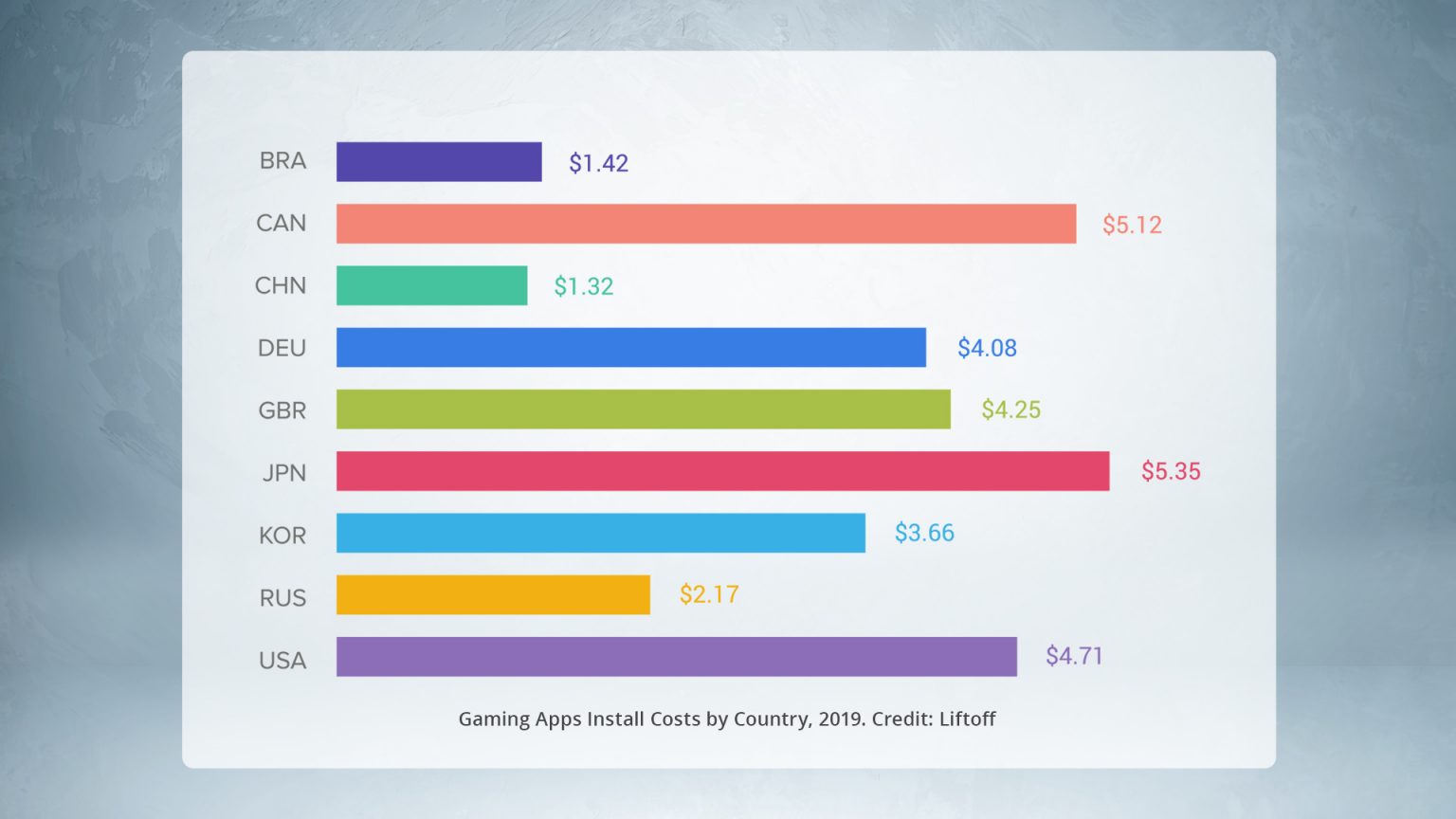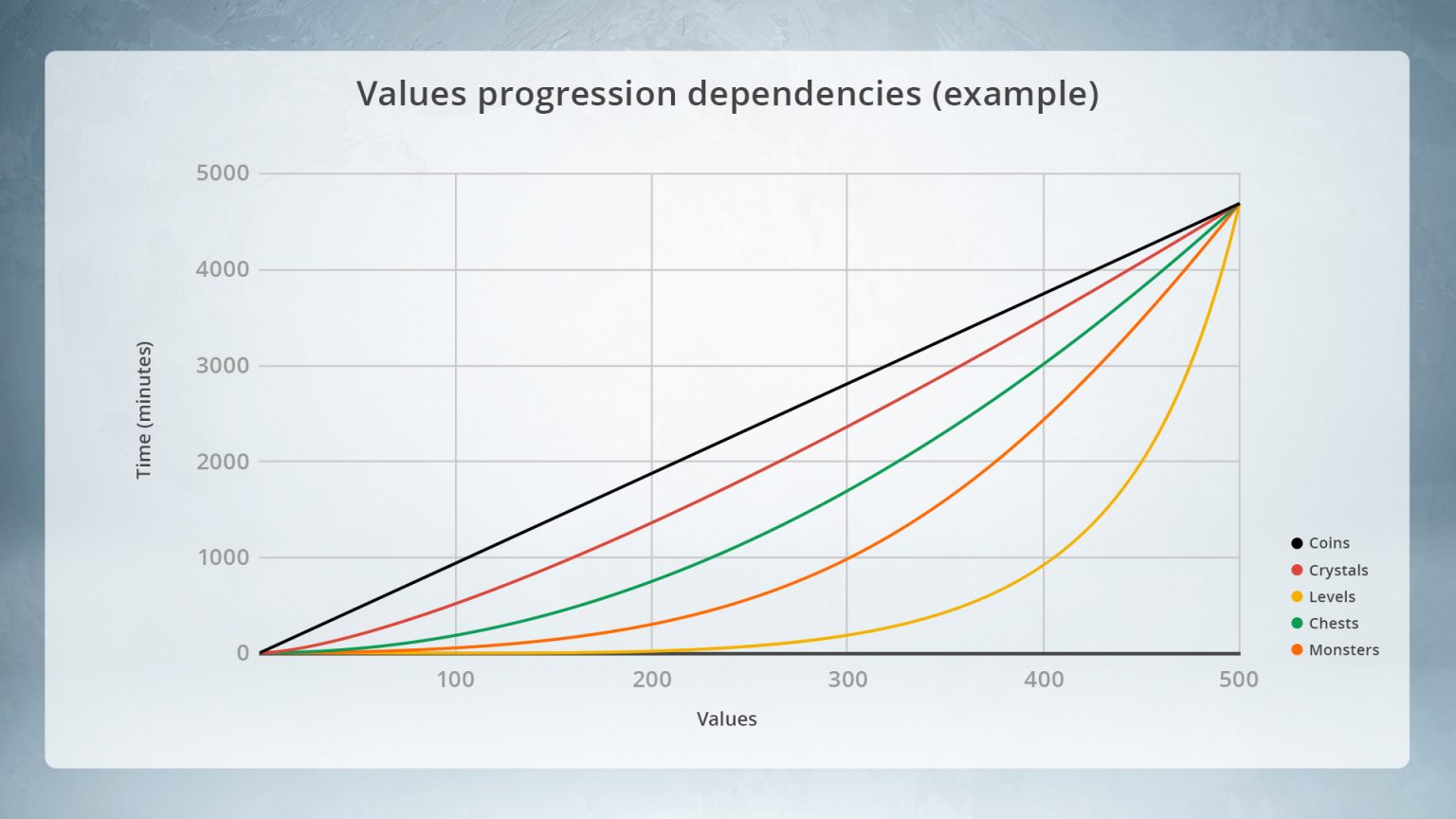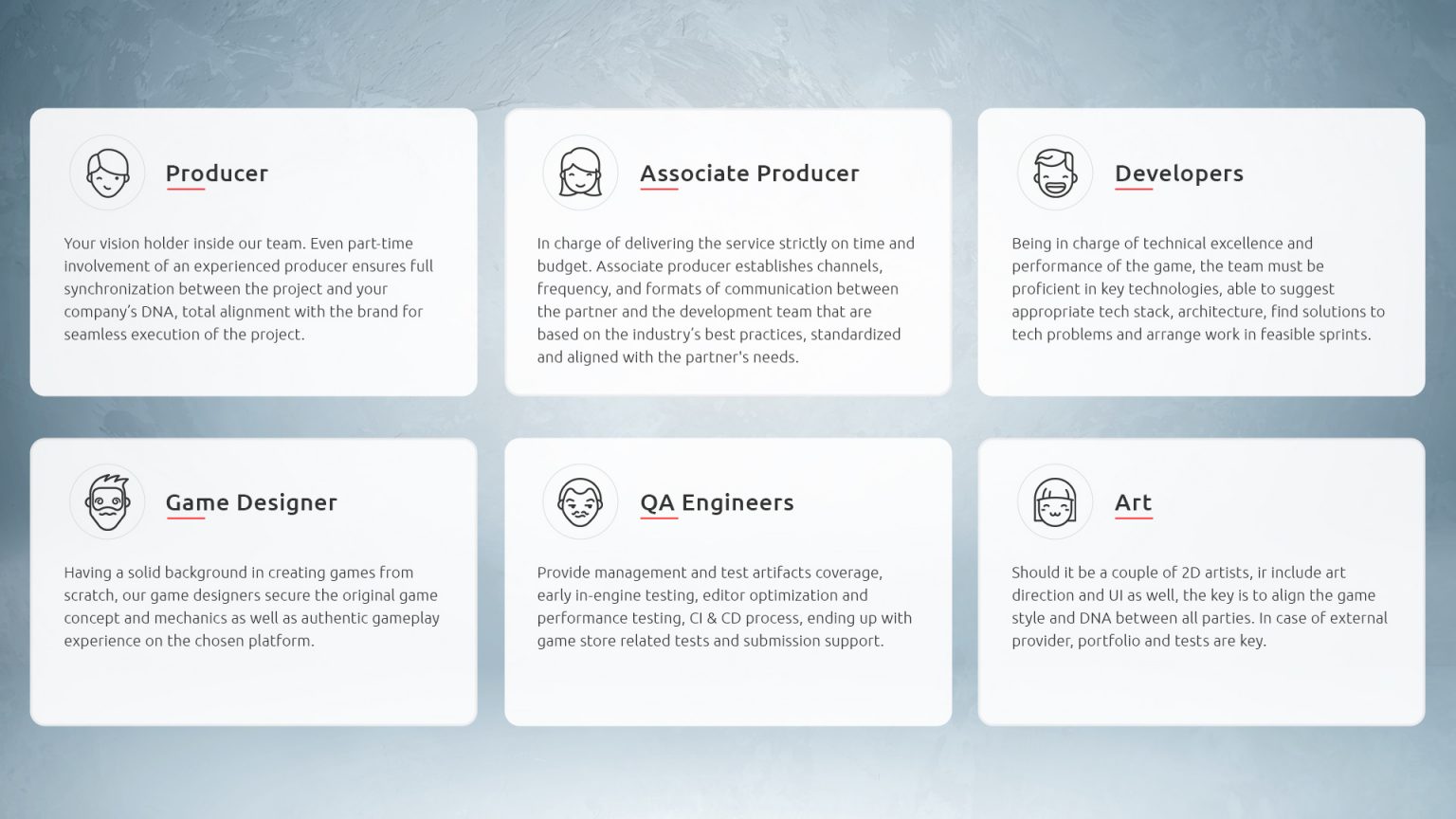Step-By-Step Process of Game Development Pre-Production Phase
A vital phase of game development, pre-production often remains overlooked or misunderstood. To shed some light on this crucial process, we’ve talked to Room 8 Studio’s producers about the cornerstones for laying out a ground plan for creating a great game.
- What Is a Game Pre-Production Stage
- Key Game Pre-Production Stages
- Game Pre-Production Challenges
- Our Experience
- Final Thoughts
What Is a Game Pre-Production Stage
Pre-production is an initial planning phase of a game development project, which focuses on creating core concepts and writing initial design documents that describe the future game.
Game creation starts way before its production stage, and this pre-production stage dramatically influences the overall success and team spirit. Pre-production generally consumes a portion of the time you plan to develop a game. For example, 2-year project pre-production could take about 1-3 months for a mobile title, but this estimate may vary greatly depending on the genre. Adding a pre-production phase cuts the overall production time since it streamlines all processes.
Key Game Pre-Production Stages
Core concept
Game design pre-production starts with questions. What’s your target audience? What are the key gameplay mechanics? What are the pillars of your game? The game demography tells game designers how they should be attempting to design their systems and gameplay spaces.
And the central gameplay mechanic is what you’re banking everything on. This is where your players enjoy themselves, and your game tends to live or die. Describe all significant features.
Prove that there’s a market
No serious publisher would sign a game without running a marketing test against it first. The publisher wants to see advertising and early-stage engagement metrics, early monetization, etc. Check the install costs vs. target geography as well.
The most popular method in video game pre-production is to throw some ads up using a particular app and get a sense of how your target audience responds to those ads. There are many other market analysis methods: be sure to choose the most appropriate one or use a combo.

Figure out game progressions
The video game pre-production process requires a game designer to outline the game economy, events, game mechanics, and how you will be introducing new mechanics. Think of metagame, key numbers, monetization, and gameplay.

Create prototypes
Prototyping is an important couple of weeks in the pre-production game development where designers, programmers, artists, and level designers get to flex their muscles and create basic prototypes of gameplay features they want to see.
You need to test the experience your game provides with test sessions. Before prototypes happen, though, they need to justify what they are aimed to accomplish: any prototype is meant to answer a particular set of questions, to fulfill a clear goal. Do the characters appeal to your target audience? Is a given mechanic or a level fun? Does a level 5 look worse than the others? Which color scheme or UI works best for the majority of testers? These are the types of questions that may be precise enough to improve your game.
Plan your pipeline & team responsibilities
Identify key positions and people and plan their workload so that everyone will be productive when they come on board after the game pre-production phase. Outline the responsibilities of each and how they will interact. Game pre-production pipelines must be well defined and followed as closely as possible by everyone. It also takes quite a while to adjust to pipelines, especially if you haven’t used them or have people who are bottlenecking them.

Question everything you do
As Firaxis Games’ Greg Foertsch pointed out in his GDC speech, some of your tech and creative decisions might seem reasonable because they were the best answer to the problem back in 1994. Deconstruct & reconstruct if necessary.
Set the project timeline and iterations
Timelines are essential in the pre-production stage of game development. This creates a lot of structure around which your team will be starting their content. Can timelines be adjusted? YES! But you want to go in with a conservative estimate and make sure your whole team is on board with this.
Create documentation
Before production begins, you should have at least the core of the Game Design Document. GDD is a large, fat document that outlines every aspect of the game design on a high level — what is the game, why is it fun, what does the player do, where does the game take place, what are the core mechanics, what do the enemies do, what is the challenge, etc. In the video game pre-production, create high-level GDD with examples. It should sell the game to the investors or the rest of the company, describe the core game loop, meta, and mechanics, and give an idea of what the game will be and why it’ll be fun.
Plan for QA
Create a thorough test plan with test cases that QA specialists will work with from the 1st week of the production stage. The importance of pre-production in game development lies partly in creating a work plan for all team members; make sure you plan for the QA.
Game Pre-Production Challenges
Creating a new game from scratch isn’t easy, nor is the pre-production stage of video game design. While pre-production is a movie term, the game creation consists of the same things as a movie: characters, plot, lighting, etc. Many of those things have nothing to do with technology. Every studio does it a little bit differently: needs vary based on the type of the game and the team.
Here are the most common pitfalls in any creative process, including game development:
- Not matching the target audience. How to avoid: conduct a thorough analysis, and test your prototypes with focus groups.
- Bad metagame. Again: the story might sound amazing on paper, but you’ll see it’s bad when you start playing. How to avoid: try prototyping as early as you can, focusing on your meta, keeping in mind the most important question: is this what my target audience wants?
- Architecture mistakes that can cause serious delays due to tech problems. How to avoid: Plain & simple, put effort to study and follow the world’s best practices on emerging tech.
Our Experience
Room 8 Studio’s team has over ten years of experience creating games for partners and our own titles. You can find the most relevant information on the topic below:
- Full cycle game development service page
- Article: External Full Cycle Mobile Game Dev: How To Scale Right
- Article: How To Make A Match-3 Game: A Complete Guide
- Project: Trivia Royale
- Project: Cat Force
Final Thoughts
The pre-production phase lays out a ground map and gives an ability to direct the team’s actions in the production phase. Like for a ship’s captain on the open seas, it’s way better to discover new worlds with a good map and an idea of the desired destination.
Pre-production may be provided as a service or part of a full-cycle game development project. Room 8 Studio’s team is always happy to help if you need consulting.
Have a project in mind? Let’s talk!



